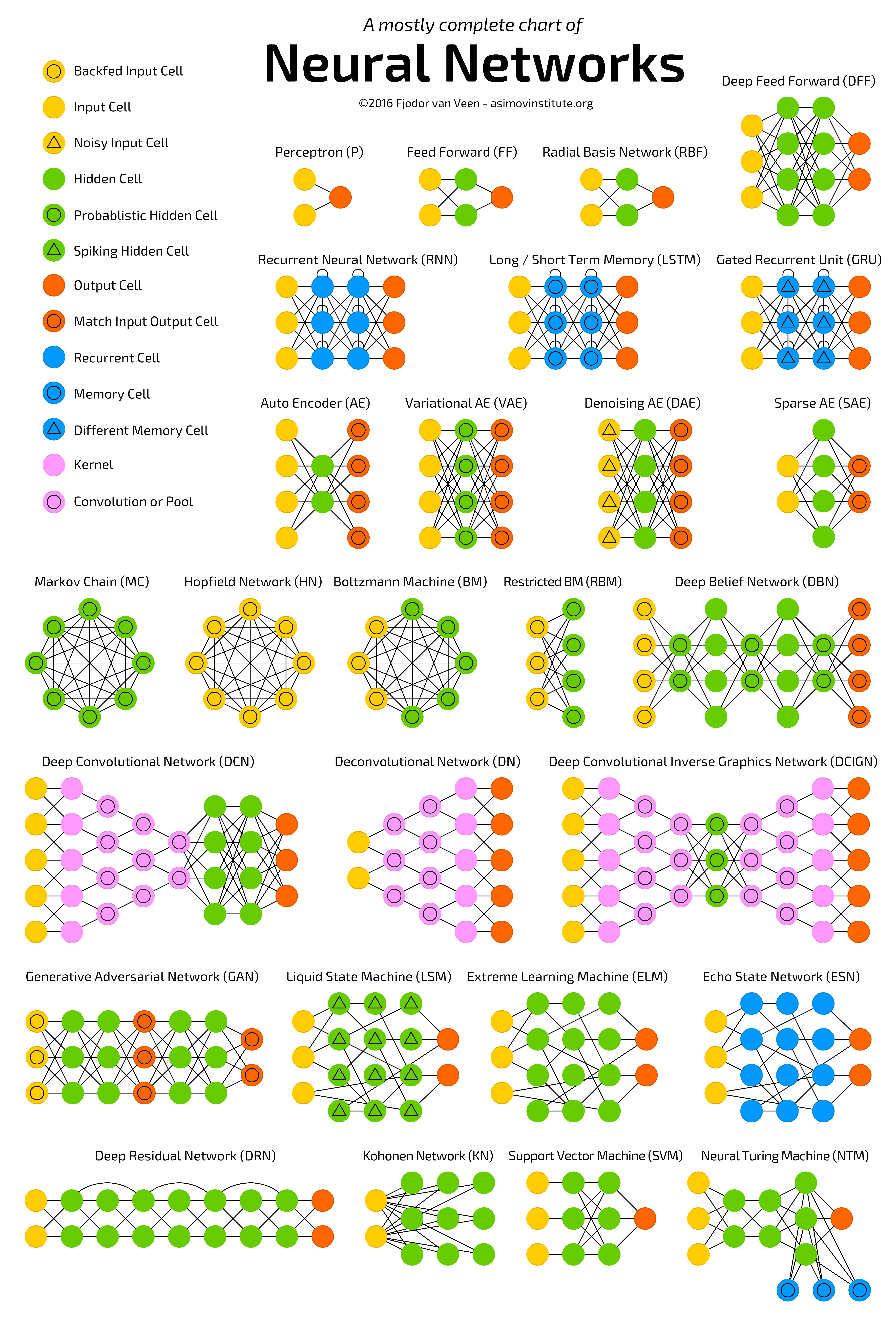
Introduction to Arrays in C
Arrays are an essential data structures in the world of programming, providing a way to efficiently store and access a collection of elements of the same data type. In the context of C programming Language, arrays play a fundamental role in creating powerful and efficient algorithms. In this article, we will delve into the world of arrays, exploring their definition, purpose, advantages, syntax, memory organization, and common applications.
Advantages of Using Arrays
Using arrays offers several advantages in C programming. Firstly, arrays provide a compact and organized way to store large amounts of data, array Manipulation, eliminating the need for multiple individual variables. Additionally, arrays allow for efficient access to elements using their index, providing a predictable and fast retrieval mechanism. Furthermore, arrays streamline iterative operations like sorting, searching, and traversal, simplifying the implementation of complex algorithms.
Basic Syntax and Declaration of Arrays
In C, arrays are declared by specifying the data type of the elements they will contain, followed by the name of the array and the size of the array in square brackets. For example, to declare an array named "numbers" that can hold 5 integers, we would write:
int numbers[5];
It is important to note that in C, arrays are zero-indexed, meaning that the first element of the array has an index of 0. Therefore, in this example, the elements of the "numbers" array can be accessed using indices ranging from 0 to 4.
Memory Organization in Arrays
To understand how arrays are organized in memory, let's consider the example of our "numbers" array. When the array is declared, a contiguous block of memory is allocated to accommodate the specified number of elements. For instance, if we declare an array of 5 integers, C will set aside enough memory to hold 5 integers in sequence. Each element is then stored in a specific memory address, with the successive elements appearing at consecutive addresses.
Common Applications of Arrays
Arrays find widespread application in various programming scenarios. They are commonly used for storing and manipulating collections of data, such as storing student grades, employee details, or sensor readings. Arrays are also frequently used in algorithms for tasks such as sorting, searching, data compression and Advanced Techniques. Furthermore, arrays can serve as the backbone for implementing other data structures like stacks, queues, and matrices.
Understanding Array Operations
Once we have a solid understanding of the basics of arrays in C, it's crucial to explore the various operations that can be performed on arrays. In this section, we will delve into accessing array elements, modifying array elements, and array traversal techniques.
Accessing Array Elements
Accessing array elements involves retrieving the value stored in a specific index position. Let's explore the different ways to access elements in C arrays.
Indexing and Addressing in C Arrays
In C, individual elements in an array can be accessed using their index positions. The index acts as an identifier that points to a particular element within the array. For example, to access the third element in the "numbers" array, we would use the following syntax:
int thirdNumber = numbers[2];
It is important to remember that the index starts from 0, so the index of the third element is 2.
Implementing Single-dimensional Arrays
Single-dimensional arrays, also known as one-dimensional arrays, are the simplest form of arrays. They correspond of a single row or column of rudiments. The syntax for declaring and initializing a single- dimensional array is as followsdata_typearray_name[array_size] = {element_1, element_2, ..., element_n};
For example, to declare and initialize an array named "weekdays" containing the names of the days of the week, we would write:
char weekdays[7] = {'Monday', 'Tuesday', 'Wednesday', 'Thursday', 'Friday', 'Saturday', 'Sunday'};
Navigating Multi-dimensional Arrays
In addition to single-dimensional arrays, C also supports multi-dimensional arrays, which can be thought of as tables or matrices with rows and columns. They are especially useful for representing grids of data or relational structures. To pierce rudiments in a multi-dimensional array, we use multiple indicators.
For example, consider a two-dimensional array named "matrix" that represents a 3x3 grid of integers. To access the element in the second row and third column, we would use the following syntax:
int element = matrix[1][2];
The first index represents the row number (starting from 0), while the second index represents the column number.
Modifying Array Elements
Modifying array elements allows us to change the values stored within the array. In this section, we will explore techniques for assigning values to array elements, updating specific array elements, and implementing dynamic arrays.
Assigning Values to Array Elements
To assign a value to a specific element in an array, we can use the assignment operator (=) followed by the desired value. For example, to assign the value 42 to the first element in the "numbers" array, we would write:
numbers[0] = 42;
It's important to note that the index used to access the element must be within the valid range of indices for the array.
Updating Specific Array Elements
While assigning values to individual elements works well for single updates, it can be impractical to modify array elements one by one in certain scenarios. To update specific elements in bulk, we can utilize loops to iterate through the array and apply the necessary modifications.
For example, let's say we have an array named "ages" that stores the ages of a group of people. To increment the age of each person by 1, we can use a loop construct like this:
for (int i = 0; i
ages[i] += 1;
}
In this example, the loop iterates through every element in the "ages" array and adds 1 to each element.
To access elements in a multi-dimensional array, we use multiple indices.
Implementing Dynamic Arrays
Sometimes, we may need arrays with a variable size depending on runtime conditions. C provides the capability to create dynamic arrays using dynamic memory allocation functions like malloc () and free ().
To dynamically allocate memory for an array, we use the malloc () function and specify the desired size in bytes. For example, to create a dynamic array of integers named "dynamicArray" with a size of 5, we would write:
int* dynamicArray = (int*)malloc(5 * sizeof(int));
After using the dynamic array, it is important to deallocate the memory to prevent memory leaks. This is done using the free() function. For example:
free(dynamicArray);
Dynamic arrays provide flexibility in handling varying amounts of data, enabling more efficient memory utilization.
Array Traversal Techniques
Traversing an array involves moving through each element of the array to perform specific tasks or operations. Array traversal plays a crucial role in various algorithms and data manipulations. In this section, we will explore different techniques for traversing arrays.
Using Looping Constructs for Array Traversal
The most common way to traverse an array is by using looping constructs like the for loop or the while loop. These constructs allow us to iterate over the elements of an array and perform desired operations on each element.
For example, let's say we have an array of integers named "myArray" with 10 elements, and we want to print each element. We can achieve this using a for loop as follows:
for (int i = 0; i< 10; i++) {
printf("%d ", myArray[i]);
}
This loop starts from the first element (index 0) and continues until the index reaches the length of the array minus 1.
Exploring Incremental and Decremental Traversal
Incremental and decremental traversal techniques involve moving through an array in either ascending or descending order. These techniques are especially useful when the order of traversal is important for a specific algorithm or computation.
For example, let's consider an array of characters named "word" representing a string. To iterate through the elements of the array in reverse order, we can use a for loop with a decremental index as follows:
for (int i = length - 1; i>= 0; i--) {
printf("%c ", word[i]);
}
In this example, the loop starts from the last element (index length - 1) and continues until it reaches the first element (index 0).
Applying Random Access Methods
Random access refers to the ability to directly access any element in an array without the need to traverse the preceding elements. This is made possible by using the index of the desired element. Random access provides efficiency when the order of access is not sequential.
For example, consider an array named "scores" containing the scores of students in a class. If we want to find the score of a specific student whose index is stored in a variable called studentIndex, we can directly access the element using the following syntax:
int studentScore = scores[studentIndex];
Random access is particularly useful in scenarios where we need to retrieve or update specific elements efficiently.
Frequently Asked Questions (FAQs)
Can arrays store different types of data in C?
In C, arrays are designed to store elements of the same data type. This means that all elements in an array must be of the same type. For example, if you declare an array of integers, all elements in that array must be integers.
What are the limitations on the size of arrays in C?
In C, the size of an array is determined at the time of declaration, and it must be a constant expression. The limitation on the size of arrays in C primarily comes from the available memory and the data type used.
Here are some considerations:
Stack Size Limitations
Automatic arrays, declared within a function (on the stack), are subject to the limitations of the stack size. The stack size is usually limited, and exceeding it can lead to a stack overflow. Large arrays are better allocated dynamically on the heap.
Memory Limitations
The total amount of memory available to a program, both stack and heap combined, can limit the size of arrays. If you try to allocate a very large array, you may run into memory constraints.
System-Specific Limitations
The actual limitations can vary depending on the compiler, operating system, and hardware architecture. Some systems may allow larger arrays than others.
Data Type Size
The size of the data type used in the array declaration affects the total memory consumption. For example, an array of integers will consume more memory than an array of characters of the same declared size.
How can I add or remove elements from an array dynamically?
In C, arrays have a fixed size once they are declared, so you cannot dynamically resize them. However, you can achieve dynamic behavior by using pointers and dynamic memory allocation. To add or remove elements from an array dynamically, you would typically use dynamic memory allocation functions like malloc, realloc, and free.
























































